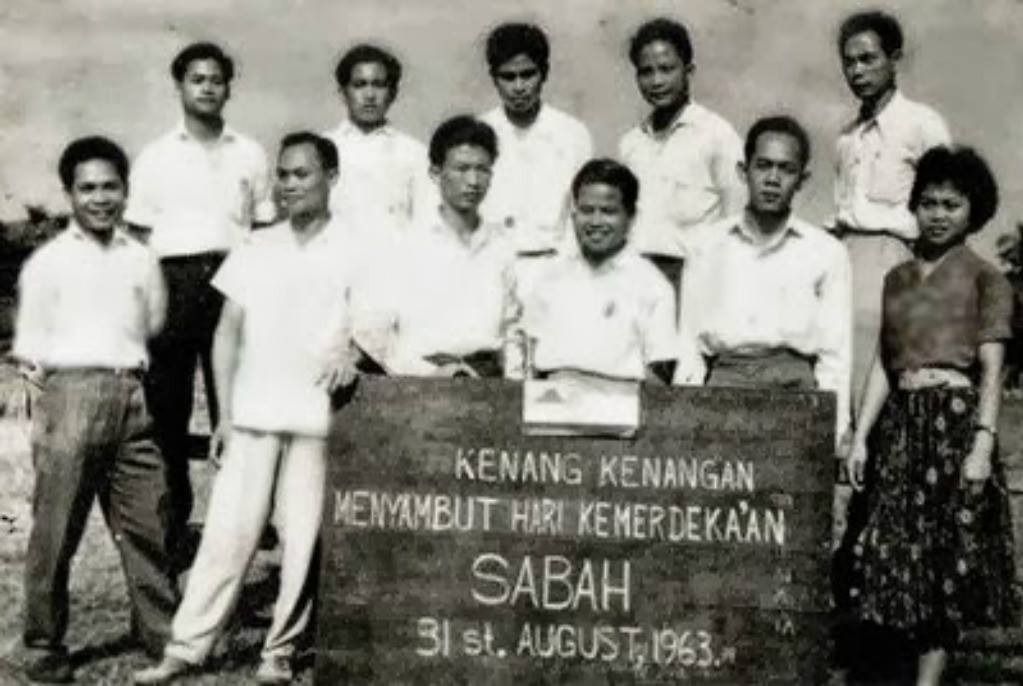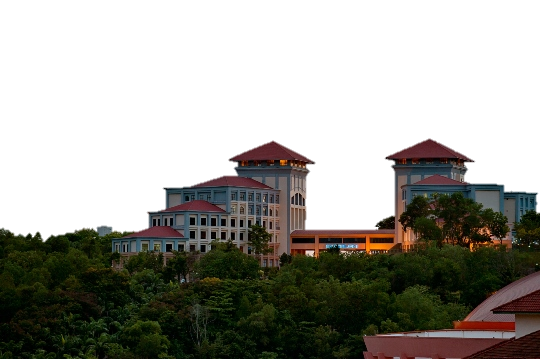
By: Dr. Eko Prayitno Joko, Head of the History Programme, Faculty of Social Sciences and Humanities, Universiti Malaysia Sabah
From colonised to independent. From the Federation of Malaya to the Federation of Malaysia. From National Day to Sabah Day. This transition marks the 61st anniversary of Malaysia’s formation, the 67th year of independence, and two years since the celebration of Sabah Day. The process has been long. The spirit is strong, but the substance remains limited.
If the previous generations sacrificed their lives for the country’s independence, then the current generation is responsible for giving meaning to that independence. Unfortunately, the understanding of independence still remains largely literal, just a statement which states Malaysia’s freedom from colonial rule. In terms of contents, it is marked with red date on annual calendar which remains constant. Celebrated with fireworks show by people of all backgrounds. Discussed in higher education by scholars, or celebrated through parade contingents in open fields, these rituals are consistently performed, displayed with colour and endless noise. It is not entirely wrong, it is just insufficient.
Imbuing independence with meaning requires more than symbolic celebrations. Thus, independence must be viewed in a broader context, relevant to the era’s context, and aligned with the aspirations of citizens. Today, Malaysia’s independence should be symbolised by a spirit of unity, inclusive action, and the celebration of diversity.
This spirit has long been nurtured and continues to be celebrated under the administration of unity government. Guided by the spirit of reform, the government is open not only to political democratisation but also to rewriting history. This openness allows for the potential documentation of new, localised narratives as part of Malaysia’s historical development.
Such openness seems welcomed in the context of Sabah’s development. This matter is marked by gazetting of Sabah Day, symbolising the state’s freedom from British rule. This gazetting does not mean that Sabah rejects the celebration of National Day but is simply a way to appreciate the contributions of Sabahans that are less mentioned in the national historiographical context. In other words, National Day and Sabah Day will be celebrated on the same date. Both brings the same meaning of independence. Both are about appreciating the contributions of past heroes.
Sabah Day – A Gap in Need of Fulfilment
The gazetting of Sabah Day is not intended to be provocative. Its celebration aims to expose the younger generation in Sabah about the diversity of independence history among regions within Malaysia. This effort raises the possibility of “history awareness” related to local history richness in the context of national historiography. Nonetheless, the gazetting of Sabah Day must align with “historiography of liberation.” It should be capable to democratising “national historiography”. Otherwise, Sabah Day will only be celebrated with independence slogans, accompanied by waving of the Jalur Gemilang and Sabah state flag.
The people of Sabah need more than these gestures. Sabah Day should be a medium to challenge the imbalance in historical representations within national historiography. This needs to be realised as understandings of national historiography is more highlighted in the perspectives of the Peninsular Malaysia. It is not comprehensive as it marginalises the historical perspectives of the Borneo communities – specifically in Sabah. This imbalance can be corrected by reconstructing the national historiography, which can be addressed through the content of Sabah Day.
This medium can be used to highlight the leadership of Sabah figures in Malaysia’s development. Their contributions should be positioned on par with leaders from Peninsular Malaysia, widely acknowledged in national historiography. Introduced more frequently to Malaysians. Through this approach, national historiography becomes more democratic and humane, transcending ideological, social status, and regional boundaries. National historiography will no longer be discussed narrowly and written based on “what actually happened” instead of “what is said to have happened”.
In addition to restructuring national historiography, Sabah Day’s narrative should also be broadened in terms of its themes. Previously, the narratives of Sabah’s independence history are centred around “history from above,” which now needs to be balanced with the writing of “history from below”. Same goes to the historical collections, needs to be diversified. Reconstruction should not only rely solely on documentary sources, but also include oral histories from the locals. By doing so we can more frequently hear the voices of the “marginalised communities,” the “poor” and the “illiterate” in the local history writings of Sabah. This goal must be realised so that Sabah’s history, once uniform, will become more diverse.
The theme shift in writings of Sabah’s history will undoubtedly contribute to the nationalisation of local history. Moreover, more narratives of Sabah’s history can be documented and shared with the wider community. Subsequently, this matter will assist in the efforts of more history discourse within the national curriculum. Previously, the efforts were unsuccessful because it is hard for students to obtain materials on Sabah’s history, now the issue can be resolved.
UMS - The Vanguard of Giving Meaning to Sabah Day
The objective of empowering the content of Sabah Day is not easy. To succeed it requires cooperation from all parties, especially academics. In this matter, Universiti Malaysia Sabah (UMS) holds great potential to achieve this goal as it is the only university in the Borneo region with a history programme and experts specialised in Borneo. This strength is further enhanced by UMS’s history programme focusing on expertise and research related to Borneo. These efforts are carried out through classroom activities, book and journal publications, conference presentation, and research among its academic peers.
In addition to the interest of the academic peers in Borneo – Sabah research, this passion is also shared by its students. As of now, undergraduate theses from history students are stored neatly in the Inon Shaharuddin Library. Most of it are yet to be published due to financial constraints, despite its potential in enriching Sabah’s historiography is outstanding.
The opportunity of UMS to be the lead in giving meaning to Sabah Day through the documentation of local history is becoming harder to deny. This idea does not need to be explained through lofty theories but based on grounded empirical data. Given Sabah’s strategic position as a crossroads for communities from Asia and Europe, UMS has the potential to become a hub for Borneo-related studies. This idea has actually been voiced by Distinguished Professor Dr. Shamsul Amri, about the ability of UMS to become “champion” in providing resources related to Borneo collections. However, this idea has not been realised due to constraints that prevents the efforts of academic peers of UMS in implementing it. Nevertheless, this matter continues, be it slowly but steadily. With consistent work, surely one day every knowledge and research on Borneo – Sabah carried out by UMS will be appreciated. Sought after to give meaning to Sabah Day. Called upon to democratise national historiography!


